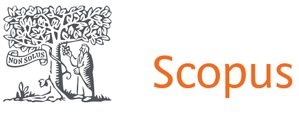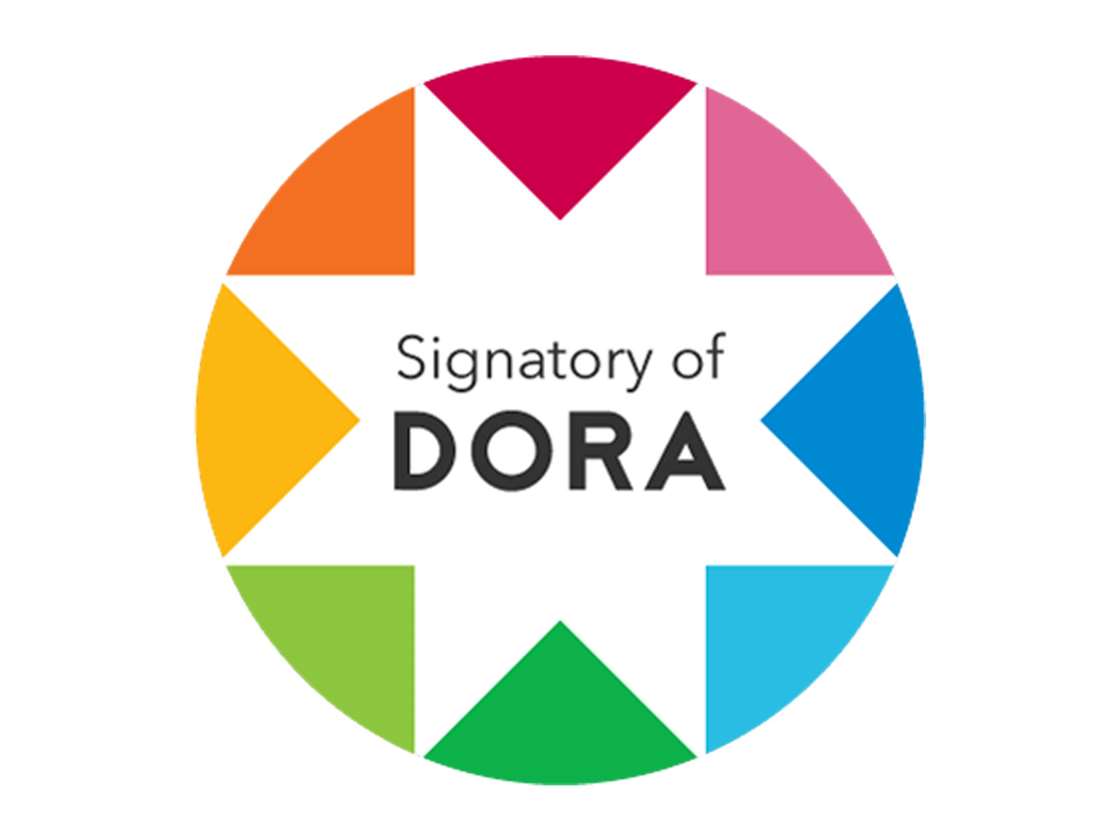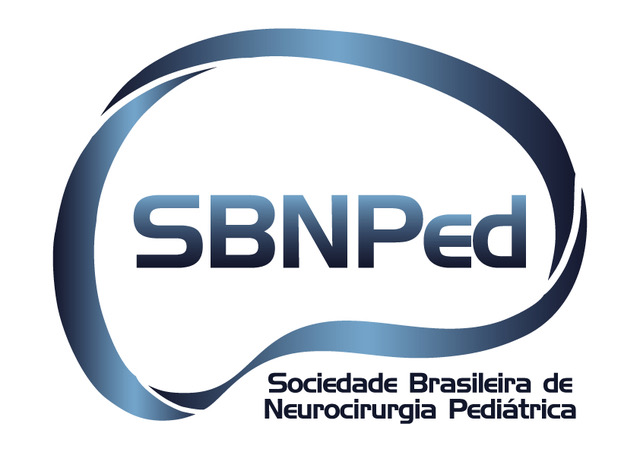Why neuroendoscopy is not for all supratentorial intracranial arachnoid cysts in children: analysis of risk factors and prognosis
DOI:
https://doi.org/10.46900/apn.v4i3(September-December).159Keywords:
pediatric arachnoid cysts, supratentorial arachnoid cysts, neuroendoscopy, middle fossa arachnoid cysts, suprasellar arachnoid cystsAbstract
Cerebral neuroendoscopy is a minimally invasive approach that reduces brain exposure, retraction and mobilization of neural tissues and neurovascular structures and the treatment of intracranial arachnoid cysts by endoscopy has been widely used. Selection of the patients who are most likely to benefit remains challenging in certain cases. The purpose of this article is to raise questions and observations regarding its indication and failure in pediatric patients with suprasellar, and middle fossa arachnoid cysts. We searched English-language articles published in the last 20 years and found evidence that Neuroendoscopy emerged as an alternative to the treatment of this pathology and has its definitive role as a safe, less morbid strategy in these supratentorial pediatric arachnoid cysts and must be added to the therapeutic protocols respecting the best indication.
Downloads

Additional Files
Published
How to Cite
Issue
Section
Categories
License
Copyright (c) 2022 Tiago Paiva Cavalcante, Breno William Mariz Guedes, Dandara Carvalho Moreira

This work is licensed under a Creative Commons Attribution 4.0 International License.

When publishing in Archives of Pediatric Neurosurgery journal, authors retain the copyright of their article and agree to license their work using a Creative Commons Attribution 4.0 International Public License (CC BY 4.0), thereby accepting the terms and conditions of this license (https://creativecommons.org/licenses/by/4.0/legalcode).
The CC BY 4.0 license terms applies to both readers and the publisher and allows them to: share (copy and redistribute in any medium or format) and adapt (remix, transform, and build upon) the article for any purpose, even commercially, provided that appropriate credit is given to the authors and the journal in which the article was published.
Authors grant Archives of Pediatric Neurosurgery the right to first publish the article and identify itself as the original publisher. Under the terms of the CC BY 4.0 license, authors allow the journal to distribute the article in third party databases, as long as its original authors and citation details are identified.





























